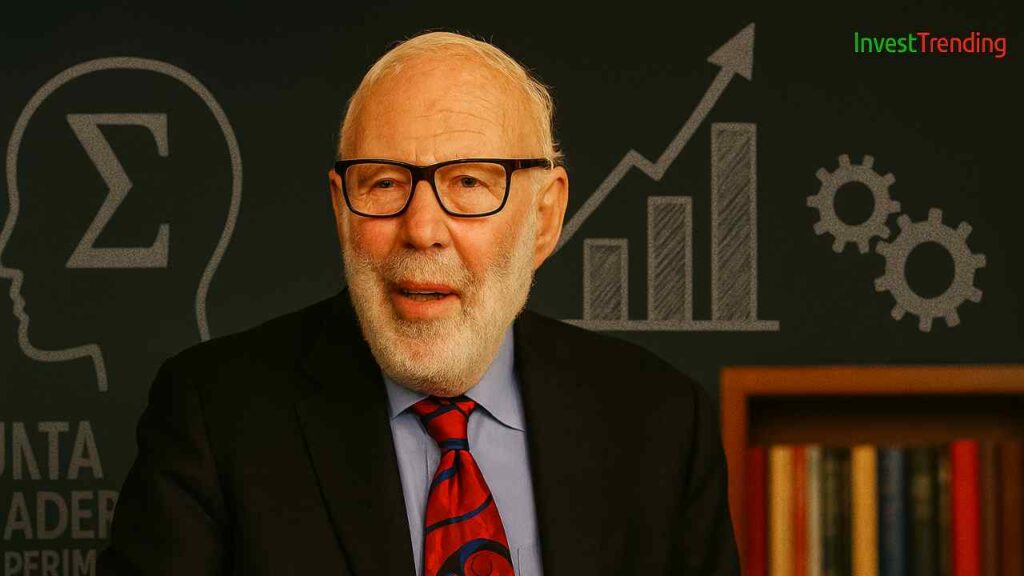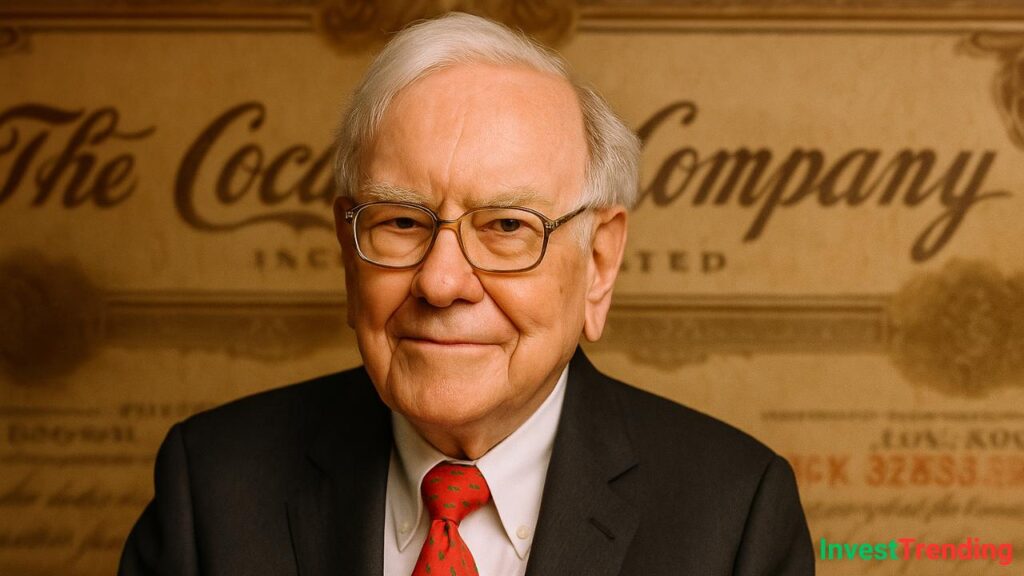
The Mathematician Who Changed Wall Street
“I wasn’t much of a businessman. But I thought if we could find patterns in market data, we might be able to predict the future.” — Jim Simons
Jim Simons, often called the “Quant King,” is one of the most influential figures in modern finance. Born in Newton, Massachusetts, in 1938, Simons began his journey not as a trader or investor, but as a world-class mathematician. He earned a Ph.D. in mathematics from the University of California, Berkeley, at the age of 23. For years, Simons was immersed in academia and government service, with little connection to the stock market. So how did a math professor end up founding the most successful hedge fund in history? His story is a testament to the power of logic, data, and relentless innovation.
“I loved mathematics. I wanted to use it to understand the world — and financial markets were part of that world.” — Simons
Struggles & Early Mistakes: When Theory Met the Real World
Simons’ early foray into finance wasn’t smooth. In 1978, he left academia to start Monemetrics, an early experiment in using mathematical models to trade markets. Unlike traditional traders who relied on experience and gut feeling, Simons aimed to use data and probability. But the markets proved more complex than he initially thought. His models underperformed, and early results were inconsistent. Still, these early failures laid the groundwork for something revolutionary.
“We lost a bunch of money in the beginning. I had to keep asking myself: Is there really a signal in all this noise?” — Jim Simons
The Turning Point: Data, Algorithms, and a Bold Vision
The breakthrough came in the early 1980s. Simons realized that vast patterns hidden in financial data could be discovered using statistical analysis and computer algorithms. In 1982, he founded Renaissance Technologies, a hedge fund that would abandon traditional investing in favor of pure quantitative analysis. By hiring mathematicians, physicists, and computer scientists instead of Wall Street veterans, Simons built a team that treated trading as a data science problem. This was the beginning of a new era in finance.
“We hired people who didn’t know finance. That was the secret. They didn’t come with preconceived ideas — just math and data.” — Simons
Core Strategies & Philosophy: Why Renaissance Technologies Succeeded
Simons’ investing philosophy was grounded in data, not emotion. Renaissance Technologies used:
- Pattern Recognition: Their algorithms detected statistical patterns in historical price data.
- Statistical Arbitrage: Profits were made through high-frequency trades exploiting minor price discrepancies.
- Market Neutrality: Trades were structured to profit regardless of whether markets rose or fell.
- Machine Learning: Their systems continuously refined themselves using real-time market feedback.
- Big Data Analysis: Renaissance collected vast datasets, from financial reports to weather patterns, to inform trading decisions.
This analytical, disciplined approach allowed them to reduce human error and outperform traditional investment methods.
“We don’t have any insight into the economy. We’re just statisticians looking for patterns. If the data says buy, we buy.” — Simons
Milestone Wins: The Medallion Fund’s Unmatched Returns
The most remarkable product of Renaissance Technologies is the Medallion Fund. With annualized returns of over 66% before fees (around 40% after fees), it is widely considered the most successful hedge fund in history. The fund was eventually closed to outside investors and limited to Renaissance employees due to its incredible profitability. Even during financial crises, the Medallion Fund maintained strong performance, showcasing the resilience of Simons’ data-driven model.
“We stumbled onto something, and then we built on it. But it was never magic — just very careful work.” — Simons
Influence & Recognition: Beyond the Trading Floor
Jim Simons’ impact extends far beyond financial success:
- Philanthropy: He founded the Simons Foundation, donating billions to scientific and medical research.
- Education & Science: His support has advanced math education and autism research.
- Inspiration to Quant Traders: His story has influenced countless new investors and hedge funds to embrace algorithmic trading.
Despite retiring from Renaissance Technologies in 2010, Simons remains a towering figure in both finance and academia.
“Making money was fun. Giving it away is even better — if you do it wisely.” — Simons
Lessons & Tips from Jim Simons
If you’re on your own investment journey, here are a few practical takeaways:
- Trust Data Over Emotion: Emotional investing often leads to poor decisions. Use evidence-based strategies.
- Never Stop Learning: Simons continuously refined his approach. Stay curious and adapt.
- Diversify Your Skillset: Combine math, coding, and market knowledge for a competitive edge.
- Recruit Smart People: Success came not from one genius, but a team of brilliant minds.
- Protect Against Risk: The Medallion Fund’s market-neutral strategy shows the value of downside protection.
Featured Quote:
“The secret to wealth isn’t timing the market — it’s staying in it with conviction and logic.”
A Blueprint for Analytical Success
Jim Simons didn’t start with financial ambition — he started with a love for math and logic. His journey from codebreaker to hedge fund pioneer proves that success in the stock market isn’t just for the intuitive, but also for the disciplined, curious, and analytical. His legacy is one of innovation, impact, and the belief that with the right data and mindset, financial growth is not only possible — it’s inevitable.



